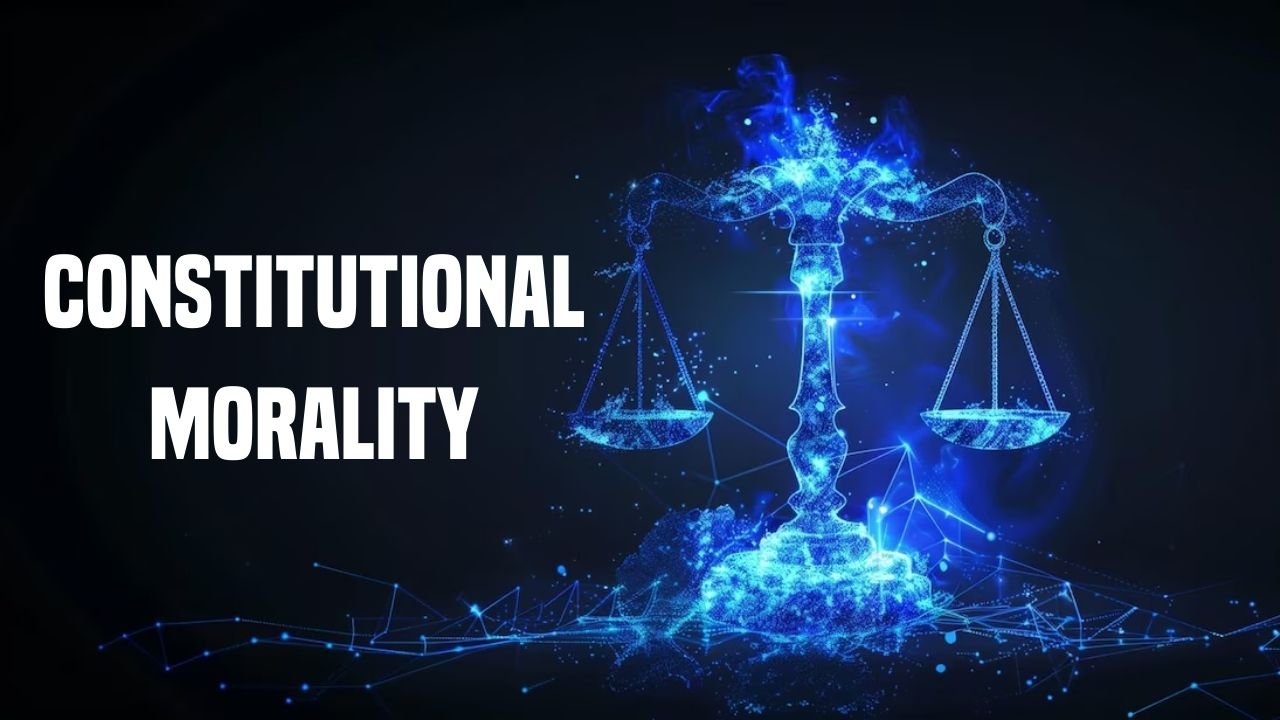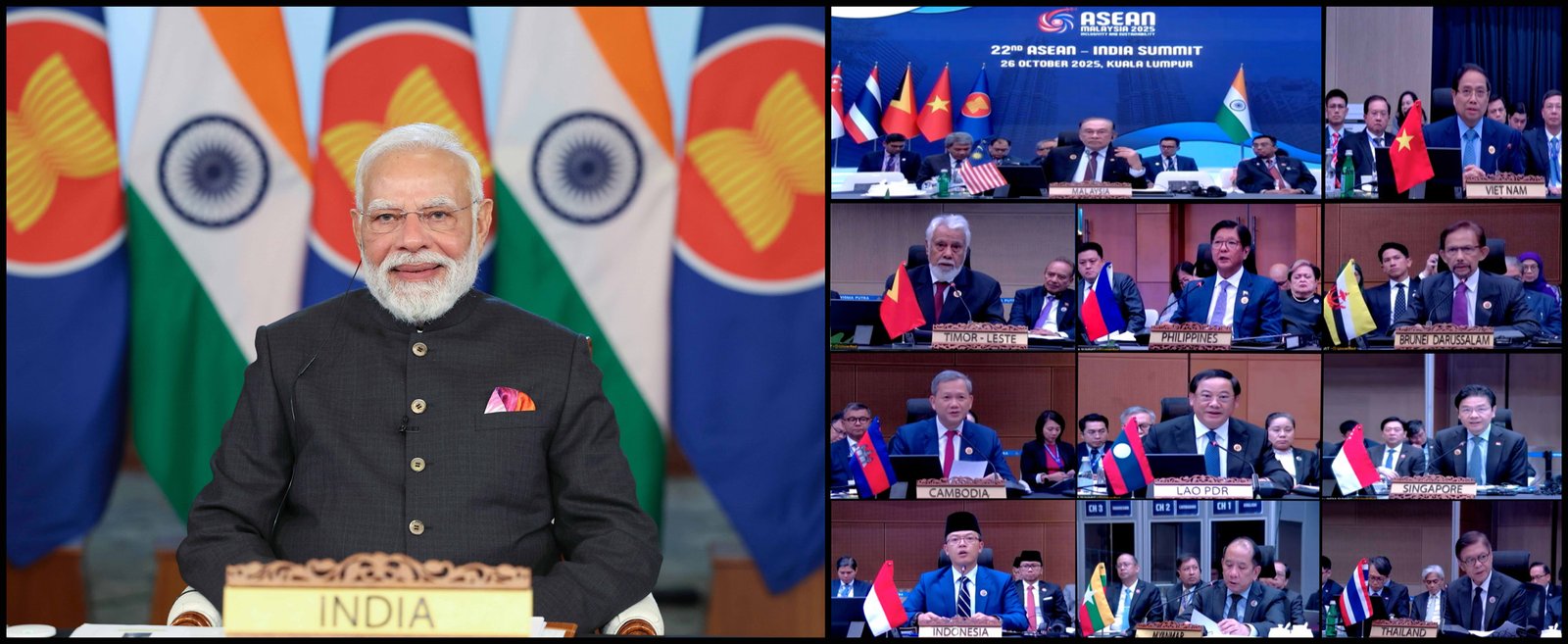Context
China has supposedly created the world’s first-ever ‘near-space command,’ armed with strong hypersonic weapons. This new command will act as China’s 5th force, apart from the 4 present forces – Army, Navy, Air Force and Rocket Force.
Details about the Near Space Command (NSC)
| Advanced Hypersonic Missiles: | Modern hypersonic missiles aim to target crucial military assets of enemies. |
| Unmatched Speed: | Hypersonic missiles travel at least five times the speed of sound (Mach 5), making them incredibly fast objects. |
| Near-Space Operation:
| These missiles operate in the near-space region due to the thin atmosphere, allowing them to maintain hypersonic speeds over long distances. |
| Stealth & Defense Challenges: | They are challenging to detect with radar systems and can evade defense shields more effectively. |
| High-altitude Surveillance Tools: | Spy balloons, solar-powered drones, and supporting equipment are utilized for global high-altitude surveillance. |
| Space as the 4th Dimension of Warfare: | This development underscores the recognition of space as a crucial dimension in modern warfare. |
What is Space Warfare?
1.Space warfare involves military activities conducted in outer space, including satellite operations, anti-satellite measures, and potential weapon deployment beyond Earth’s atmosphere.
2.Space warfare started in 1962 when the US tested a nuclear weapon in space. This event led to the creation of the Outer Space Treaty in 1967.
Types of Space Weapons:
| Anti-Satellite (ASAT) Weapons: | Designed to disable or destroy enemy satellites, disrupting communication, navigation, and reconnaissance capabilities. |
| Directed Energy Weapons: | Use lasers or microwaves to disable or destroy satellites, providing a precise and rapid means of space-based attack. |
| Kinetic Energy Weapons: | Involve physically impacting satellites with high-speed projectiles, causing damage or destruction upon collision. |
| Electronic Warfare Systems: | Disrupt enemy satellite communication and control systems through the use of jamming, spoofing, or other electronic interference methods. |
| Space Mines:
| Deployed to create barriers or hazards in orbit, hindering the movement of satellites and spacecraft. |
| Orbital Bombers: | spacecraft designed to carry and deploy explosive devices in Earth’s orbit, posing a direct threat to satellites and space assets. |
Reasons for Space-Battleground
| 1.Strategic Importance: | Space assets crucial for military operations. |
| 2.Technological Advancements: | Growing capabilities for space-based weaponry. |
| 3.National Security Concerns: | Nations seek to secure strategic advantages in space. |
| 4.Lack of Regulations: | Absence of comprehensive global regulations governing space warfare. |
| 5.Evolving Threats: | Emerging challenges like anti-satellite weapons and cyber threats. |
Concerns regarding Space warfare and Probable way out
Concerns | Probable Way Out |
| International Relations Strain: Space warfare raises concerns about violating treaties, straining diplomatic relations, and complicating international cooperation in space exploration and technology. | 1. International Agreements: Develop and reinforce treaties to prevent weaponization and ensure space remains peaceful. |
| Satellite Vulnerability: Destruction or disruption of satellites can impair communication, navigation, and surveillance, impacting both military and civilian operations. | 2. Arms Control Measures: Implement controls on space weapon development, limiting the potential for an arms race. |
| Escalation Risks: Unchecked conflict in space can escalate, leading to broader military engagements on Earth and exacerbating international tensions. | 3. Diplomacy and Dialogue: Promote international dialogue to address security concerns and foster cooperation in space exploration. |
| Global Economic Impact: Damage to critical space assets can have cascading effects on economies worldwide, affecting sectors reliant on satellite technologies. | 4. Global Governance: Establish a robust international framework for space governance and conflict resolution to prevent escalation. |
| 5.Orbital Debris: Space warfare may generate debris, posing threats to functional satellites and spacecraft, increasing the risk of collisions. | 5. Space Debris Management: Address space debris concerns to reduce accidental damage and minimize the risk of intentional space conflicts. |
Steps Taken Globally and Nationally
Global Frameworks to maintain space peace | India’s Space Capability Development: |
| 1.Outer Space Treaty (1967): Established principles for peaceful space exploration, prohibiting the placement of weapons of mass destruction and military activities on celestial bodies. | 1.Defence Space Agency (DSA): Established in 2019, the DSA, supported by the Defence Space Research Organization, manages India’s space warfare and satellite intelligence assets. |
| 2.Arms Control Agreements: Treaties like the Anti-Ballistic Missile Treaty and Strategic Arms Reduction Treaty contribute to limiting space weaponization. | 2.Defence Space Research Organization (DSRO): Created to adapt civilian space technology for military use, enhancing India’s capabilities in defense-related space activities. |
| 3.United Nations Committee on the Peaceful Uses of Outer Space (COPUOS): Coordinates international efforts to ensure the peaceful use of outer space, promoting collaboration and preventing conflicts. | 3.Mission Shakti (2019): Successfully demonstrated India’s ability to intercept and destroy a satellite in outer space, showcasing indigenous technology for national security. |
| 4.Code of Conduct for Outer Space Activities: Drafted by the European Union, it outlines principles for responsible behavior in space, fostering international cooperation and minimizing potential conflicts. | 4.IndSpaceEx (2019): India’s inaugural simulated space warfare exercise assessed necessary space and counter-space capabilities essential for safeguarding national security interests. |
| 5.Preventing an Arms Race in Outer Space (PAROS): UN resolutions aim to prevent the weaponization of space, emphasizing peaceful uses of outer space for the benefit of all nations. | 5.Mission DefSpace: Launched to achieve self-reliance (Atmanirbhar) in defense technologies in the space domain, strengthening India’s autonomy in space-related defense advancements. |




